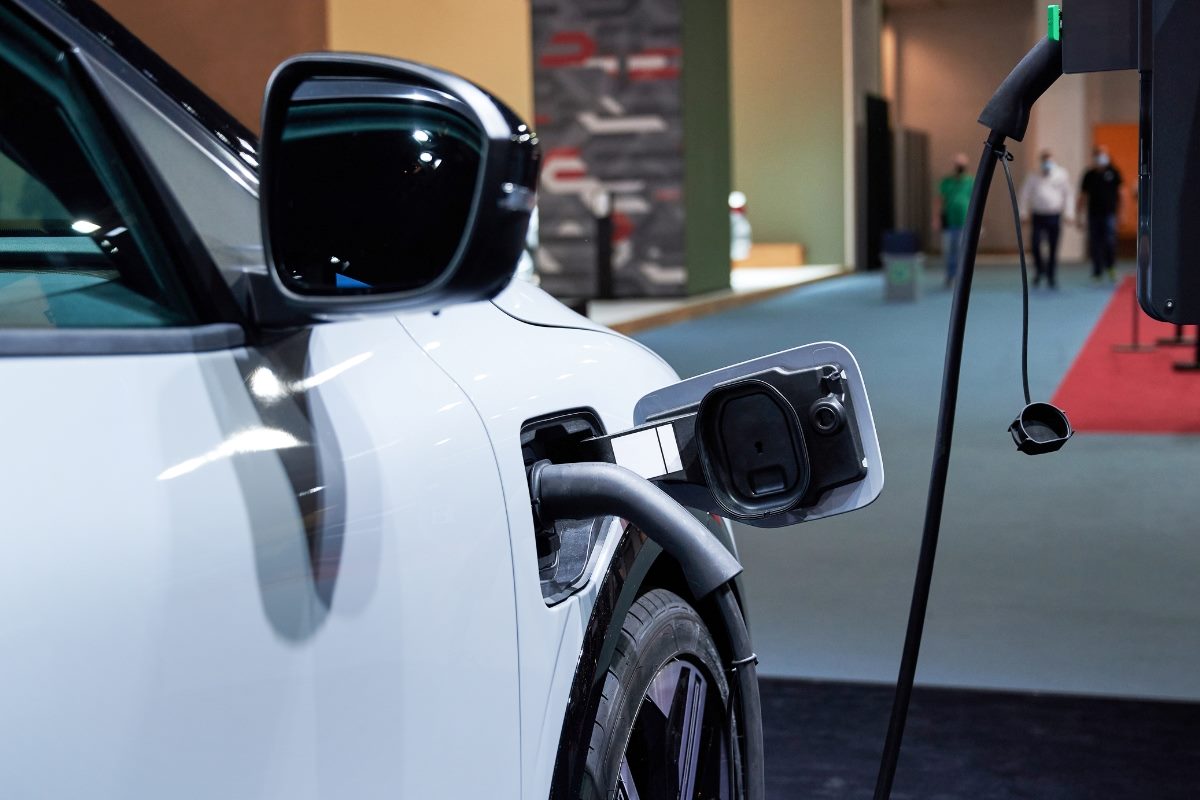9000+ Cashless Garages
96% Claims Settled (FY 24-25)

9000+ Cashless Garages
96% Claims Settled (FY 24-25)



Looking out of your window, you will witness the increasing number of innovative hybrid electric vehicles. But what are these vehicles? With their simple yet effective design, hybrid electric vehicles combine traditional petrol or diesel-fueled engines with modern electric vehicles.
They have one or more electric motors and internal combustion engines to provide the benefits of both conventional and contemporary sustainable vehicles. In simple words, these vehicles are a blend of traditionality and innovation.
Still, you must be thinking of various questions like different components of electric vehicles, their components, workings, etc. Here is a detailed guide to answer your questions.


Unlike a battery electric vehicle, an HEV does not have charged batteries through a charger. A hybrid electric vehicle uses regenerative braking and traditional engines to generate power. Several parts go into making a hybrid electric vehicle.
Here is a comprehensive list of these components:
The battery is one of the most critical components of any hybrid electric vehicle. Its primary role is to provide electricity to the electric motor. Additionally, this low-voltage battery aids in running the vehicle accessories.
This component recharges the battery and converts direct current into alternate current. DC converter helps operate the vehicle accessories.
As the name suggests, this component generates electricity and provides it to rotate the vehicle wheels. The generator adjusts the electric power while braking.
Along with the generator, the electric motor helps move the wheel. It is helpful in performing both the regenerative and drive functions in an HEV.
It is crucial to have an outlet for the gases to emit. The exhaust system works through a tailpipe and maintains the overall emissions.
This set of batteries is the storage house of the electricity the electric motor needs.
This part is a vent or outlet that fills the fuel tank and connects to the fuel dispenser.
Petrol or diesel is filled in this tank. The volume to be filled depends on the engine requirements.
The engine acts as a juncture where the mixture of air and fuel occurs to operate the vehicle smoothly and efficiently.
The thermal system is responsible for maintaining consistency in operating temperature in different parts of HEV, including the electric motor, engine, etc.
The controller balances and maintains the amount of electrical energy the battery produces. It manages the speed of the electric motor and the torque produced.
This component is responsible for converting the electrical energy to mechanical energy used to drive the vehicle or wheels.
As mentioned earlier, regenerative braking or functioning is the core element of any HEV functioning.
Regenerative braking maintains the flow of electricity in the electric motor. When the battery provides electricity to the motor, the vehicle moves forward.
Once your vehicle starts moving, the motor acts as a generator and helps put the electricity back to its origins, i.e., the battery. In other words, both the internal combustion engine and electric motor help a HEV work. These two work simultaneously to power the engine.
The workings of an HEV are not complex. The main difference lies in the type of HEV that varies based on the power distribution. These types are as follows.
The most widely known HEVs are parallel HEVs. These vehicles use both the combustion engine and electric motor together to move the wheels. Electric batteries act as a source of electricity, while internal combustion engines act as generators for these vehicles.
These HEVs start with the eclectic motor leading the charge, while the gasoline engine assists the motor to move the vehicle. In this way, it helps attain the optimum power output.
The differentiating factor in these hybrid vehicles is that the internal combustion engine helps the electric generator instead of propelling the vehicle wheels. They are very similar to parallel hybrids in terms of driving mechanisms. These cars may have lower efficiency due to energy conversion.
It is evident from their name that this type of HEV combines the features of both parallel and series hybrid vehicles. These are gaining popularity due to the high efficiency and combined advantages of the aforementioned HEVs.
A hybrid electric car has various advantages, like cost-effectiveness, etc. Here are some of these benefits.
The best highlight of an HEV is its fuel efficiency combined with unbelievable performance. They produce lower greenhouse gases and, as a result, have lesser carbon footprints. They run smoothly and offer great resistance even at low speeds.
In many states and countries, you can enjoy tax benefits and incentives from the government for using a hybrid electric car. In such a case, even after investing a substantial initial amount, you can cut down on your overall cost through government incentives and tax savings.
Similar to battery electric vehicles, HEVs do not demand high maintenance requirements. They have fewer components than traditional fuel-powered vehicles and require less maintenance.
Hybrid electric vehicles are built with fewer mechanical and complicated parts. As a result, there are fewer chances of faults and frequent repairs. In other words, HEVs are more reliable than conventional vehicles.
Due to the presence of electric motors, these vehicles do not produce loud, shrieky noises like conventional vehicles. Hence, there is little to no noise pollution.
There are certain limitations of HEVs that you should consider before buying one. Have a look at these disadvantages.
The cost of insuring your hybrid electric vehicle is generally high, as is the repair cost. This is due to the high-end technology used in these vehicles.
As mentioned earlier, hybrid cars require infrequent maintenance and repairs, saving costs. However, you need to invest a large amount while purchasing an HEV. Once you start using these vehicles, the operation costs will reduce and significantly help cover the initial cost.
Sometimes, handling a hybrid car becomes difficult due to the presence of two engines and an electric motor. It is crucial to undertake test drives while selecting an HEV.
Modern HEVs contain many new-age features and technological advancements. Have a look at some of these features.
As mentioned earlier, it is the binding force of any HEV. It uses kinetic energy when the vehicle is moving. Regenerative technology helps the driver get better control and assistance while applying the brakes.
HEVs have a motor drive assist feature, which allows them to drive safely and smoothly on challenging roads, such as uphill or at low speeds. As a result, you will require extra power, and the electric motor in HEVs helps you with that power, providing optimum efficiency.
Many hybrid electric vehicles have an automatic switch-on/off feature, which means the engine automatically turns off when the car stops. This leads to better fuel savings.
Hybrid electric vehicles are the new trend among car enthusiasts because of their fantastic efficiency and better sustainability. Many factors might affect your purchase, such as budget, features, type of HEV, durability, etc. Therefore, consider these factors and select the best one for your needs.